E.R. Doctor Says In-Person Election Will 'Likely Lead to Deaths'
“I was very disappointed that this in-person election occurred, because I truly think it will lead to additional cases of COVID-19 in our community and likely lead to deaths,” says emergency room Dr. Marin Darsie. She says Wisconsin can expect to see an increase in deaths from Tuesday's election in a matter of weeks.
By Zac Schultz
April 10, 2020
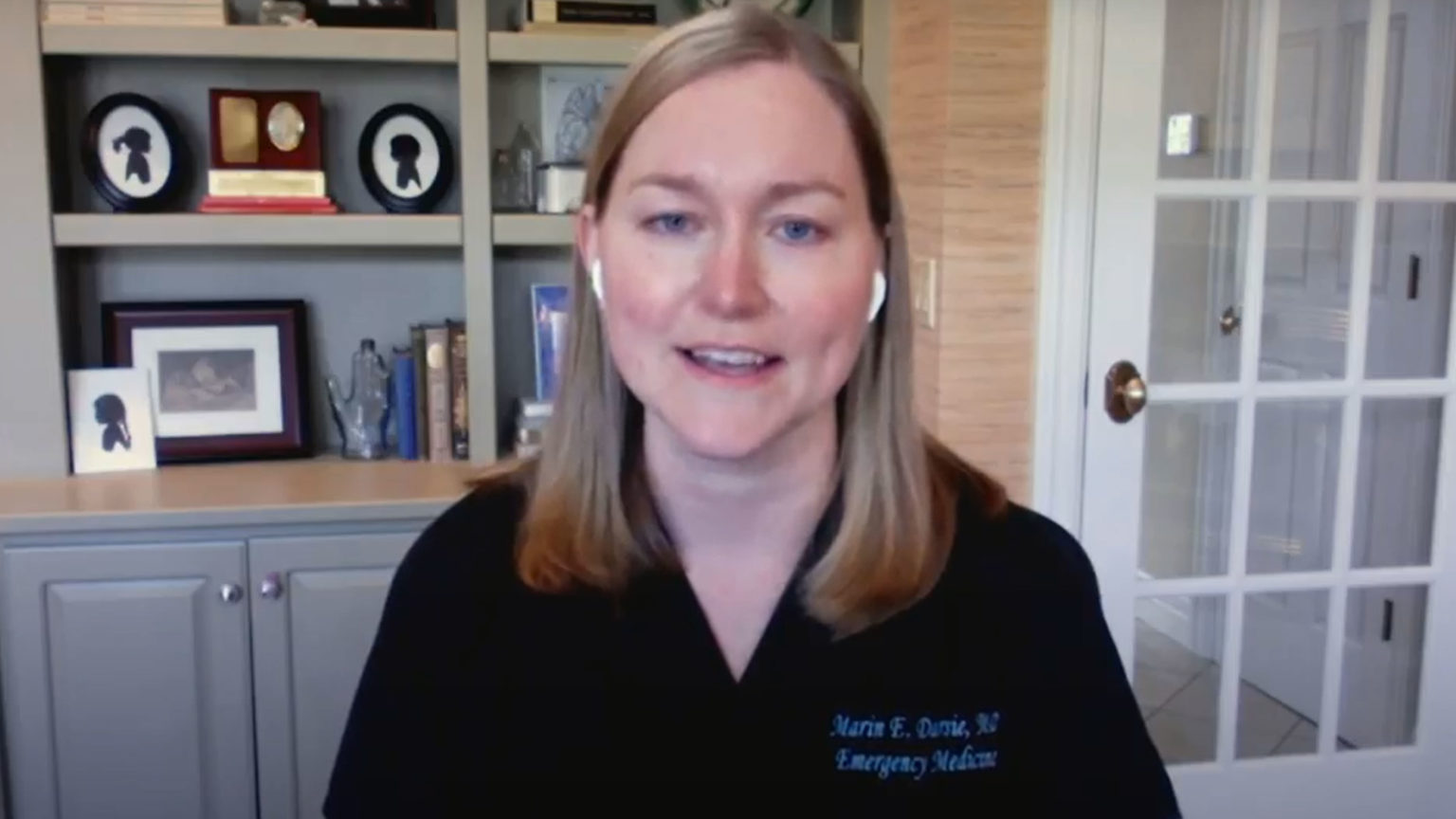
Dr. Marin Darsie works in a Wisconsin emergency room, specializing in neurocritical care.
Dr. Marin Darsie watched the spread of the coronavirus long before it reached Wisconsin. “It’s been on my mind for months, quite honestly,” she said. That was why she was so frustrated seeing thousands of Wisconsinites stand in long lines across the state on election day.
“I was very disappointed that this in-person election occurred, because I truly think it will lead to additional cases of COVID-19 in our community and likely lead to deaths,” she said.
Darsie works in an emergency room and specializes in neurocritical care. She agreed to speak with PBS Wisconsin as a private citizen to share her personal opinions, not representing her employer.
Working in the emergency room, Darsie knows she has interacted with patients who were infected with COVID-19.
“We just didn’t have the ability to test them because we’ve been trying to conserve our tests for more sick patients,” she said. “[We were] sending people home saying, you might have it–we’re not sure, we can’t test you–here are all of the scary things to look out for and please come back if you get worse.”
Even with the lack of tests, Darsie said social distancing practices and Gov. Tony Evers’s “Safer at Home” order were working.
“The social distancing measures that have been put in place have been effective. We’ve certainly flattened our curve,” she said.
Darsie said COVID-19 is so infectious and there are so many asymptomatic carriers, that just one case can have widespread implications. Wisconsin will not see an uptick in cases caused by voting in person for a couple of weeks however, and the deaths caused by the election will come a week after that.
“My understanding is, for example, the growth of positive cases from March 30-31 in Wisconsin was about 15 [or] 16%, whereas the growth of positive cases from April 6 to April 7–so about a week later–was closer to 5 or 6%,” she said.
“It goes to show that our social distancing that we had implemented was having a very real effect on the spread of new cases,” she added. “It will take some time before we can fully see that, but I would not be surprised if we see a change in sort of the trajectory in new cases.”
Darsie said Wisconsin may one day be compared to Philadelphia during the 1918 Spanish Flu pandemic, where thousands of citizens came out for a parade and the disease spread rapidly through the city. St. Louis, which was comparable in size to Philadelphia in 1918, canceled their events and had far fewer deaths.
“Wisconsin could be a cautionary tale of what happens if you hold an in person election when a pandemic hasn’t peaked when infections are still on the rise,” she said.
Whether or not Wisconsin in 2020 rises to the level of Philadelphia in 1918, Darsie said the election will likely cause death.
“People dying unnecessarily, it just hurts me as a physician, it just does,” she said.
 Passport
Passport





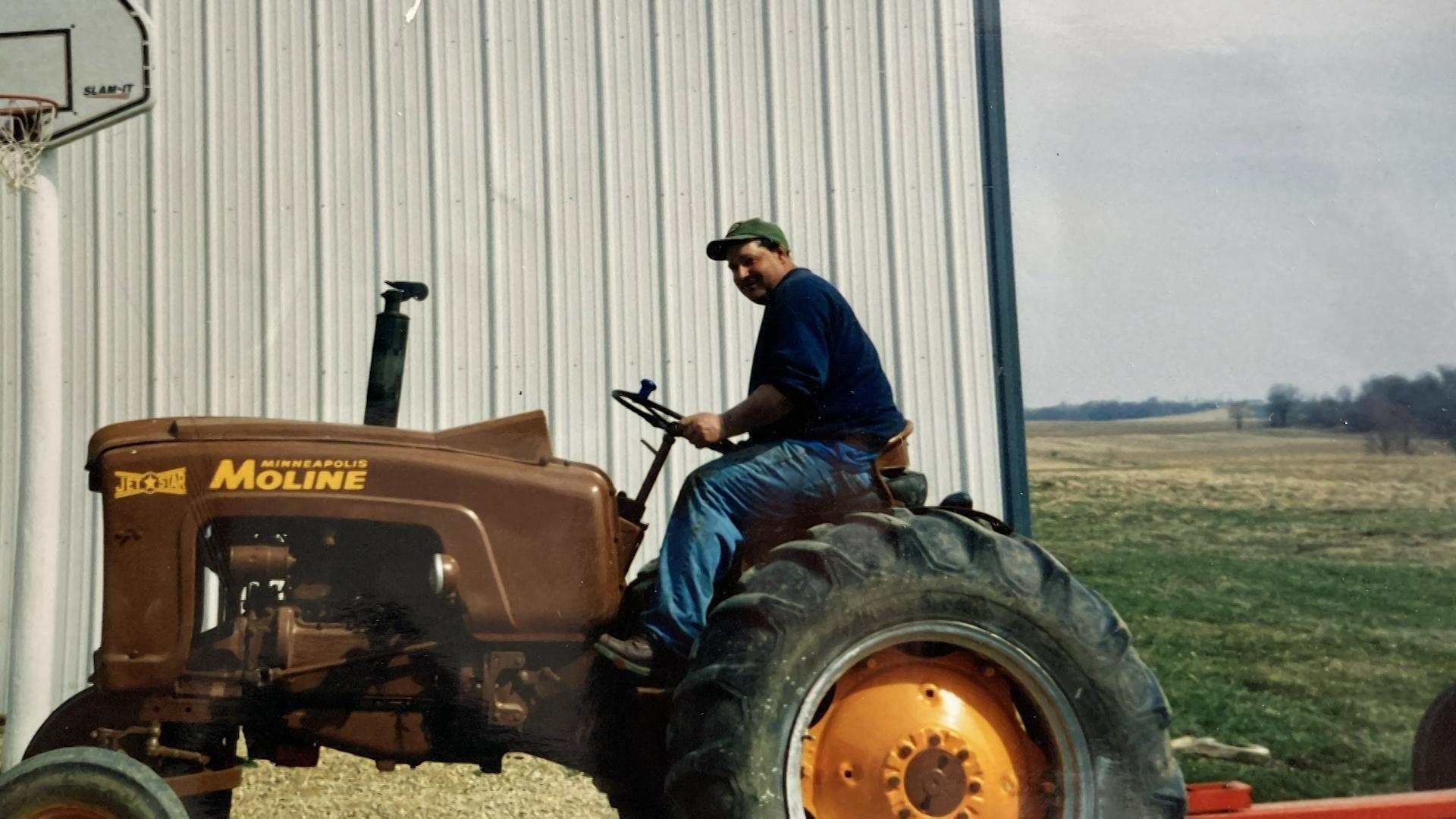
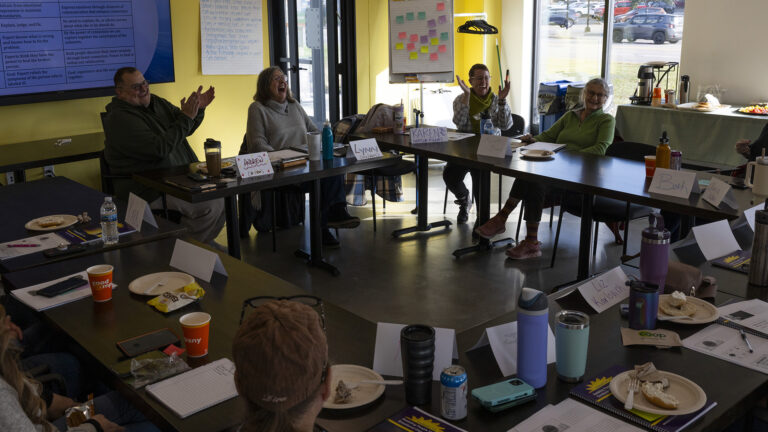
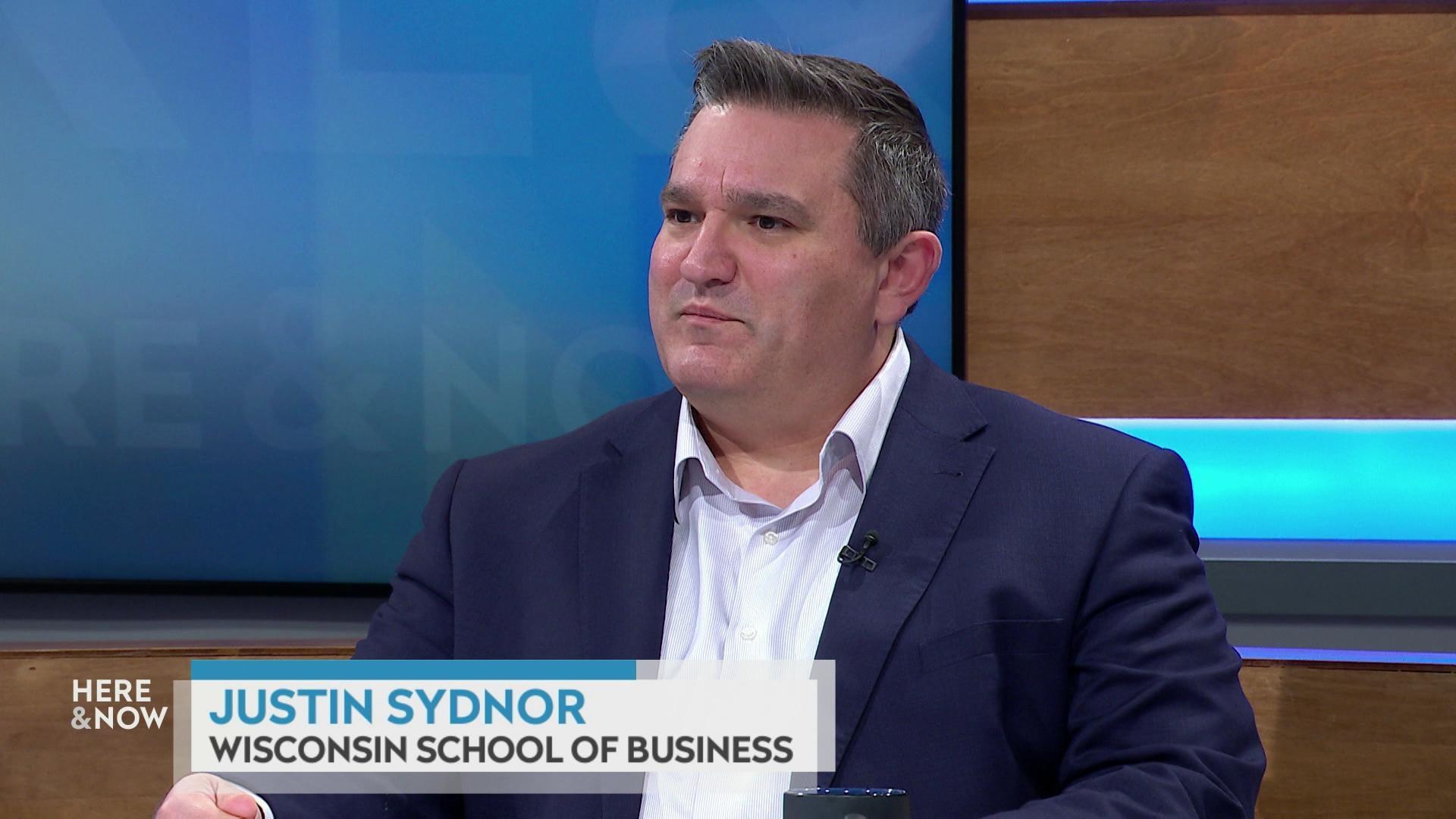
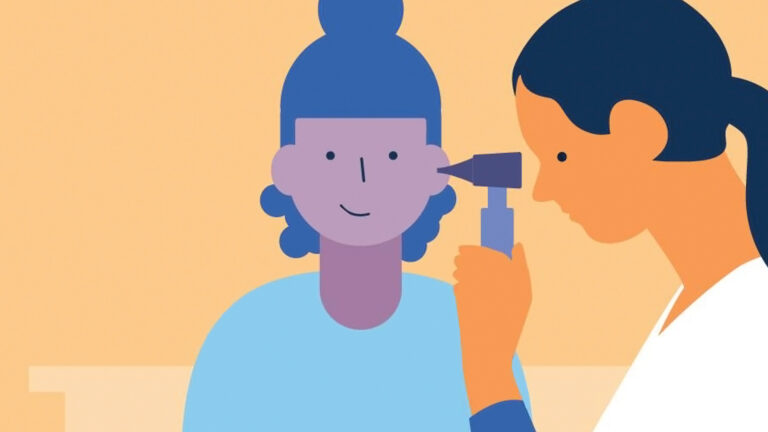


Follow Us